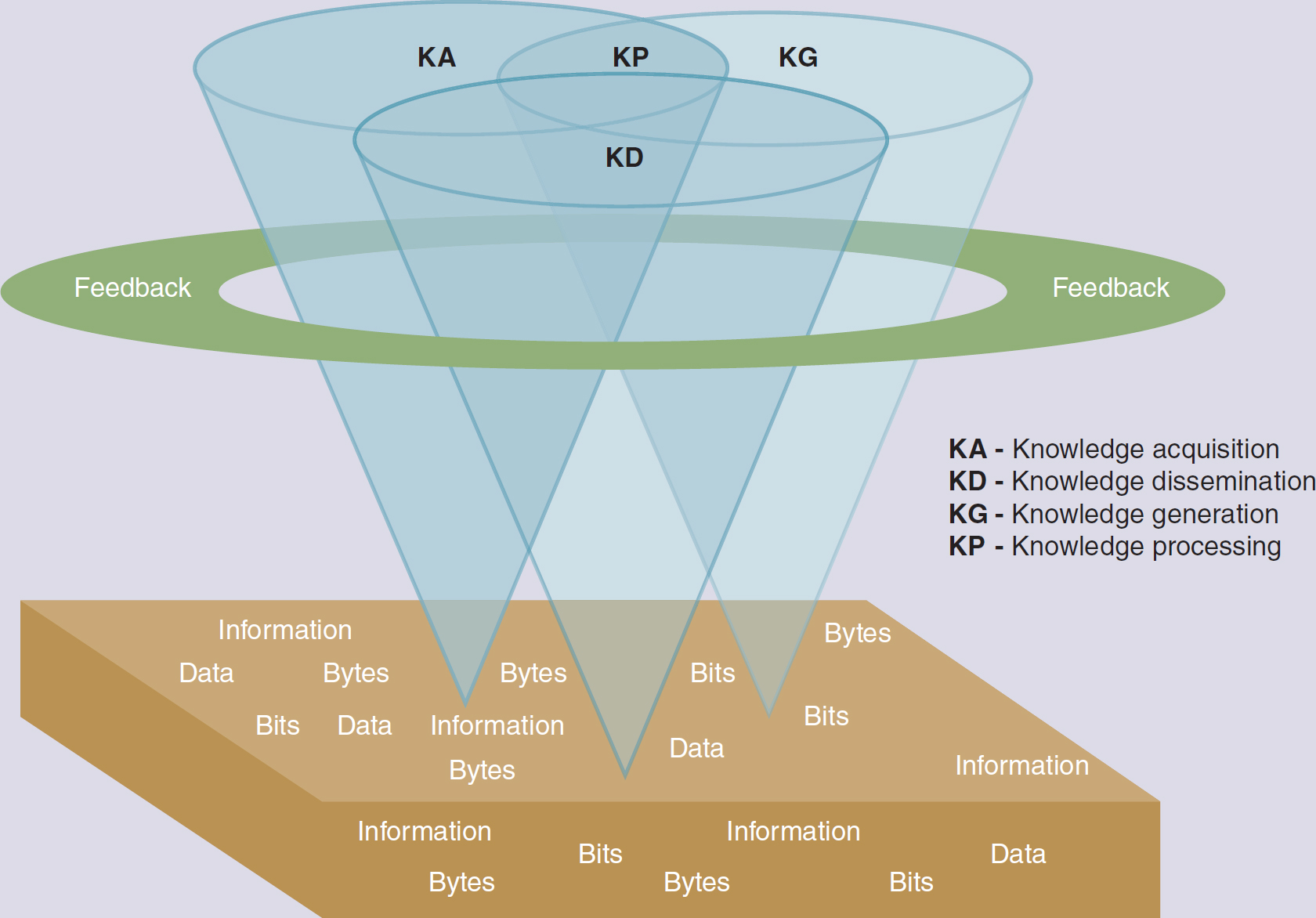
- Chapter 19 Nursing Informatics and Nursing Education
- Chapter 20 Simulation, Game Mechanics, Virtual Worlds, and the Realities in Nursing Education
Nursing informatics (NI) provides more tools and capabilities than can be imagined. Just as NI has changed the way nursing is administered and practiced, it has dramatically affected nursing education practices.
Nursing education is evolving with the increased integration of NI and other technology tools to promote learning. The tools that are available must be used prudently by reflecting on and applying knowledge of teaching styles, learning styles, and other pedagogical concerns. As informatics capabilities continue to expand, a phenomenal amount of potential for virtual reality-embedded education looms on the horizon. Once the purview of gamers and geeks, virtual reality has exploded onto the academic scene. The use of virtual reality has the potential to cross over into the curriculum, the university, and even the learning systems themselves. Many university departments will experiment with virtual reality in hopes of staying current and appealing to their young and demanding “Generation Next” constituency. However, much of society loves the feel of books too much to dismiss them as archaic. There is room for both books and technology in education. Students, educators, and administrators will ultimately return to a modified form of face-to-face classroom teaching, even with the availability of newer and more adventuresome teaching technologies. Furthermore, after fast, high-burn technologies (technologies that come on the market with lots of hype but flame out quickly) stop flooding the marketplace and big business provides opportunities for proprietary online universities, modified traditions will take their place, creating new spaces for nontraditional students and members of the Net Generation and Generation Z, with both being anxious for technology use in the classroom for very different reasons. Artificial intelligence (AI) has exploded onto the academic scene, and this disruption must be addressed.
The material in this book is placed within the context of the Foundation of Knowledge model (Figure V-1) to meet the needs of healthcare delivery systems, organizations, patients, and nurses. Nursing education promotes scholarship and evidence-based teaching and learning. Through the sound integration of information management and technology tools, teaching and learning strategies promote the social and intellectual growth of the learner. As teachers' and learners' quest for knowledge, the need for the pursuit of lifelong learning is instilled. Teachers and learners involved in the process of education are also involved with all levels of the model. Typically, they acquire and process data and information and generate and disseminate knowledge within the frame of reference of their educational institution. Their knowledge generation remains on a limited individual, course, or school basis unless they become involved with developing publications and educational research that inform others in the nursing profession.
Figure V-1 Foundation of Knowledge Model

An illustration depicts the structure of the Foundation of Knowledge model.
The model features a three-dimensional illustration of three entwined, inverted cones labeled K A, K G, and K D. The three labeled cones converge to create a new cone labeled K P. Encircling these cones is a feedback loop. The entire composition is situated on a platform featuring repeated words such as information, data, bytes, and bits. K A indicates knowledge acquisition; K D indicates knowledge dissemination; K G indicates knowledge generation; and K P denotes knowledge processing.
Designed by Alicia Mastrian
The reader of this section is challenged to ask the following questions: (1) How can I apply the knowledge I gain from my education to benefit my patients and enhance my practice? (2) How can I help my colleagues, patients, and fellow students understand and use the current technologies to promote learning? (3) How can I use my wisdom to help create the theories, tools, and knowledge of the future?